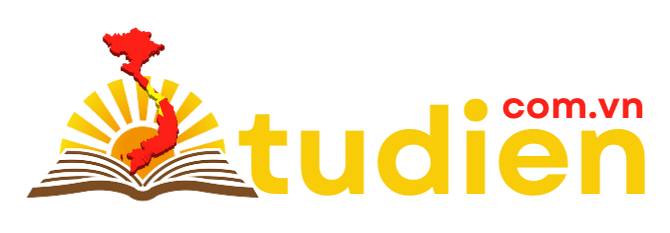Định nghĩa Indirect method cash flow statement là gì?
Indirect method cash flow statement là Báo cáo lưu chuyển tiền mặt phương pháp gián tiếp. Đây là nghĩa tiếng Việt của thuật ngữ Indirect method cash flow statement – một thuật ngữ được sử dụng trong lĩnh vực kinh doanh.
Xem thêm: Thuật ngữ kinh doanh A-Z
Giải thích ý nghĩa
Bắt đầu với con số thu nhập ròng được lấy từ kết quả kinh doanh (lợi nhuận và thua lỗ) và sau đó làm cho một số điều chỉnh thuộc ba nhóm chính: (1) Các khoản chi không liên quan đến các luồng tiền mặt như khấu hao, thuế hoãn, tăng khoản phải trả đó được bổ sung trở lại; (2) tệ Tiền không ghi nhận là chi phí chẳng hạn như tăng hàng tồn kho được trừ; và (3) Doanh thu không liên quan đến Lưu chuyển tiền tệ như tăng các khoản phải thu, lợi nhuận trên bán bất động sản được trừ. Những điều chỉnh chuyển đổi thu nhập ròng vào dòng tiền thuần từ hoạt động kinh doanh. Để số tiền này Lưu chuyển tiền tệ từ hoạt động đầu tư và hoạt động tài chính được thêm vào và ra tiền mặt có liên quan được khấu trừ. Con số kết quả cho số dư tiền mặt vào cuối giai đoạn mà các báo cáo đã được chuẩn bị. Trong khi phương pháp này là phức tạp hơn, hơn 95 phần trăm của các công ty thích nó hơn phương pháp trực tiếp (xem báo cáo lưu chuyển tiền mặt phương pháp trực tiếp) bởi vì nó cho thấy mối quan hệ giữa tờ hai tài chính quan trọng khác báo cáo cân đối và báo cáo thu nhập. Ngoài ra, nó tránh được sự trùng lặp của nỗ lực nơi một lịch trình bổ sung để dung hòa lợi nhuận ròng bằng tiền mặt lưu chuyển từ hoạt động kinh doanh là cần thiết. Tuy nhiên, nó không tiết lộ thu tiền hoạt động và thanh toán. Nó được gọi là ‘gián tiếp’ bởi vì nó thu từ thu nhập ròng (thay vì với số biên lai tiền mặt thực tế và giải ngân) được điều chỉnh để dung hòa nó với dòng tiền ròng. Xem cách tiếp cận thu nhập ròng cũng được điều chỉnh.
Definition – What does Indirect method cash flow statement mean
Begins with the net income figure taken from the income statement (profit and loss account) and then makes several adjustments which fall under three main headings: (1) Expenses not involving cash outflows such as depreciation, deferred taxes, increased accounts payable which are added back; (2) Cash outflows not recorded as expenses such as increases in inventory which are subtracted; and (3) Revenues not involving cash inflows such as increased accounts receivable, profit on sale of property which are subtracted. These adjustments convert the net income into net cash-flow from operating activities. To this amount cash inflows from investing activities and financing activities are added and related cash outflows are deducted. The resulting figure gives the cash balance at the end of the period for which the statement was prepared. While this method is more complex, over 95 percent of firms prefer it over the direct method (see direct method cash flow statement) because it shows the relationship between the two other critical financial statements-balance sheet and income statement. Also, it avoids the duplication of effort where a supplementary schedule to reconcile net income with cash-flows from operating activities is needed. However, it does not disclose operating cash receipts and payments. It is called ‘indirect’ because it proceeds from the net income (instead of with the actual cash receipts and disbursements) which is adjusted to reconcile it with the net cash flow. See also adjusted net income approach.
Source: Indirect method cash flow statement là gì? Business Dictionary
